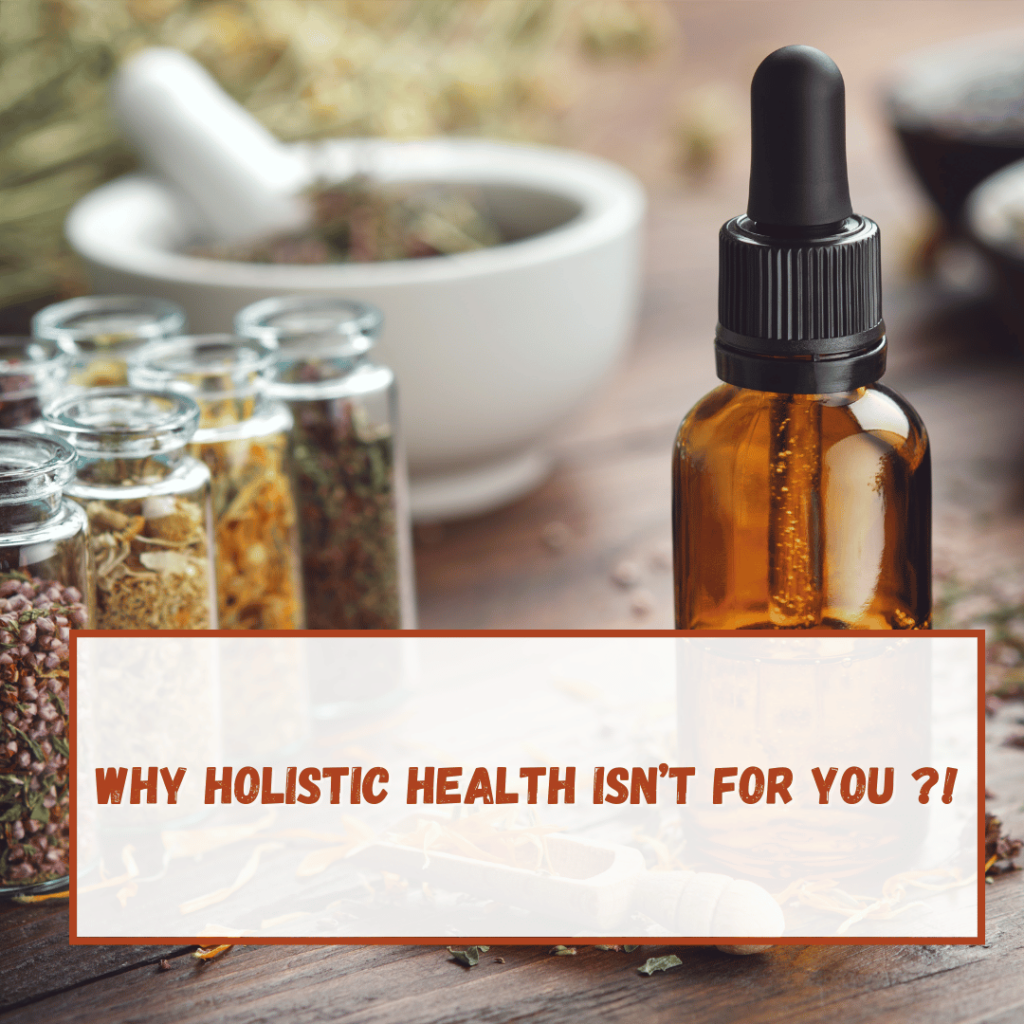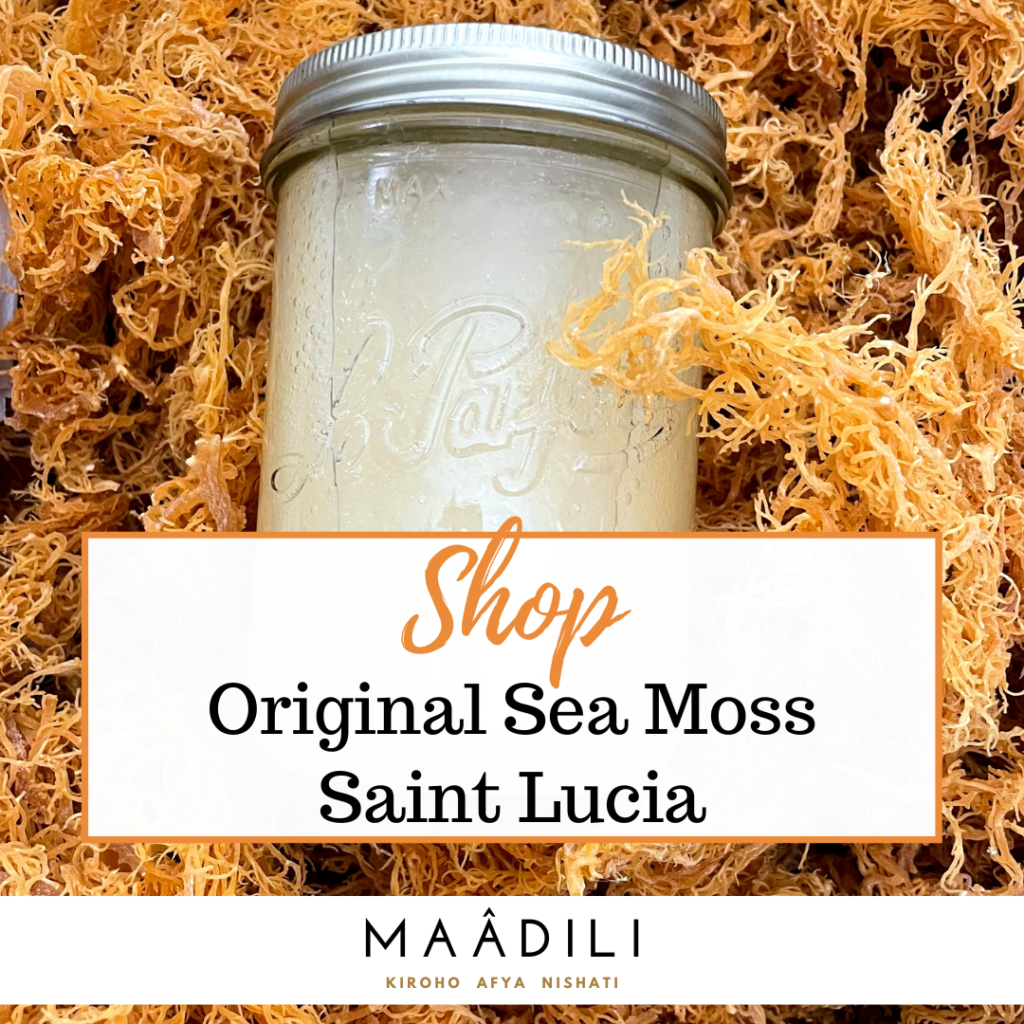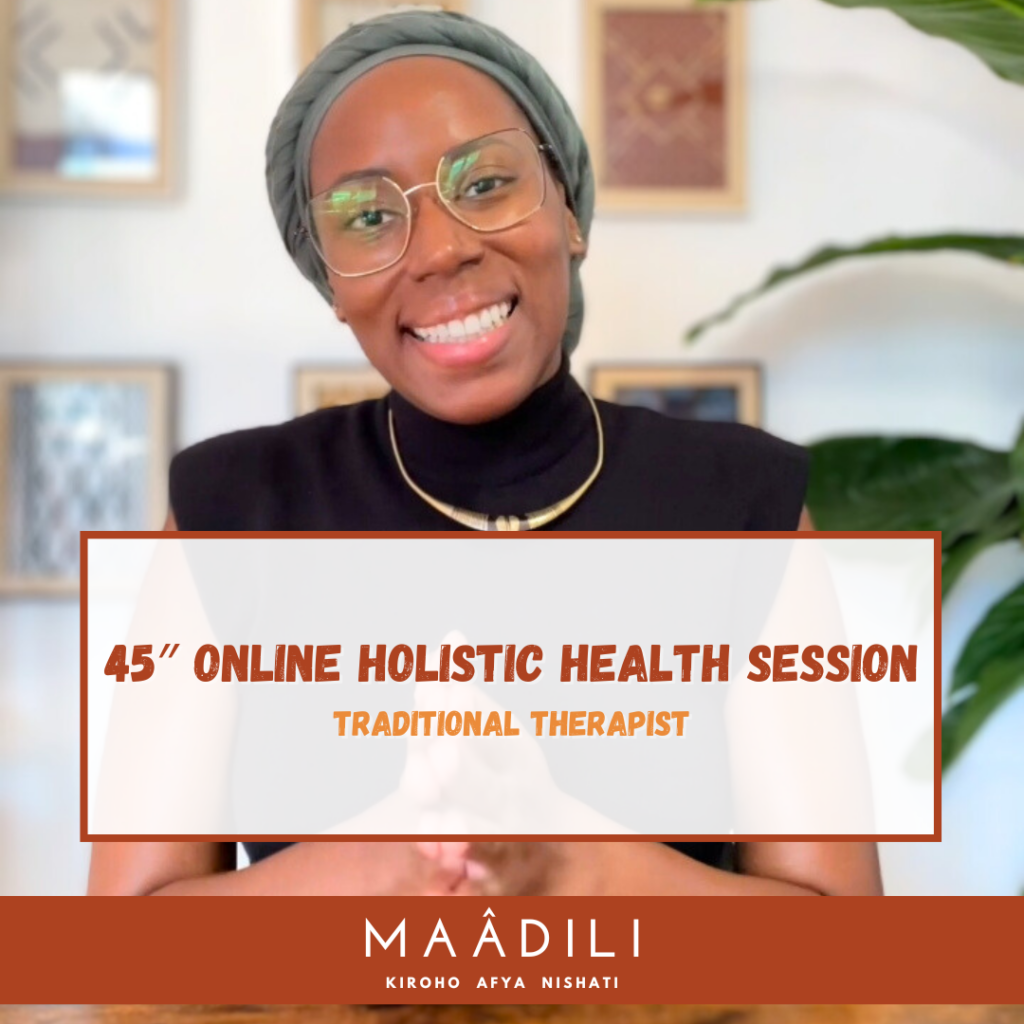Hello, I hope you’re doing well and that this first week of September is giving you an extra boost. Today I wanted to share with you how I take care of my womb. I think my weekly routine can help you implement care for your own well-being.
If you don’t know me, I’m Hélène, your Traditional Therapist in Holistic Health. I’m specialized in Womb, Gut and General health care and my goal is to sublimate your being through Energy, Nutrition and Herbs.
Don’t forget that you can find the script in your description box
And finally, if you like this content and find value in it, I’d be grateful if you’d take 2 minutes of your time to support me through e 5 stars and a comment to tell me what you think of this episode
The health of my uterus
To understand why I take care of my uterus and how important this care is to me, I need to tell you a little about what impacts me.
To begin with, I have endometriosis at a fairly significant level, with lesions, a lot of inflammation and an effusion outside the uterine cavity. During my periods, I had pain that was extremely difficult to bear, and I also have a very harmful PMS phase, because as well as generating physical pain, it impacts on my mental health and general well-being.
I also have a lot of generational trauma linked to the women in my family but also to the men, without going into detail in this episode. I’ve had to do a lot of energetic cleansing to free my uterus of all the things that had been anchored there and that don’t belong to my own personal history.
All these issues affected my fertility and I had to do a lot of work to welcome my son. It took me 3 years to get pregnant naturally, despite being diagnosed as infertile.
Understand – Analyze – Care
Finally, I also have endometriotic cysts on both ovaries. Yes, I’m spoiled by nature. Joking aside, given my family history and personal and generational traumas, I’m not even surprised. Today, thanks to everything I’ve been able to put in place, I’m much better. There may be occasional dips, depending on the regularity of my routines, and I accept that. I’m a 100% mom, so my son isn’t looked after, so he’s my priority, and sometimes I don’t have the time to maintain my rhythm. But on the whole, over the weeks and months that go by, everything goes well.
By the way, if you’d like an episode on the medical, therapeutic and energetic measures I took to help me conceive my little Baby Jay, don’t hesitate to let me know.
Now that you have the information about my uterus, I’d like to go into a little more detail about its anatomy and functions before sharing all the tips with you.
Understanding the uterus and its importance
Anatomy and function of the uterus
The uterus is a hollow, pear-shaped muscular organ located in the pelvis, between the bladder and the rectum. It is composed of three main layers:
- You have the endometrium: The inner layer that renews itself with each menstrual cycle and is where the embryo implants.
- You have the myometrium This is the intermediate muscular layer of the uterine wall. It is made up of smooth muscles and is responsible for uterine contractions, which play a crucial role during childbirth and the menstrual cycle in expelling blood.
- And finally, the serous layer: this is the outer layer of the uterus, a thin membrane that envelops and protects the uterus.
During the menstrual cycle, the endometrium thickens in preparation for a possible pregnancy. If fertilization does not occur, this layer is removed during menstruation.
The uterus is not only the organ that shelters the fetus during pregnancy, but also influences the body’s hormonal and general health, the regularity of the menstrual cycle, and sexuality.
Tips for maintaining uterine health
N°1 : Menstrual Cycle Monitoring
A regular menstrual cycle is often an indicator of good uterine health. Tracking your cycle is essential to understanding your body and spotting any irregularities. The more I pay attention to variations in my cycle, the more I can anticipate ailments. I’ve got a little notebook where I keep notes on the length of my periods, of course, but also the variations in my discharge, for example when I’m ovulating, and my temperature changes. I sometimes get hot flushes or feel very cold, depending on the time of the cycle, so understanding how I function enables me to know exactly how to take care of myself at X time of the month.
N°2: Stress management
Stress disrupts the menstrual cycle by influencing hormone levels, in particular cortisol, the stress hormone. I spoke to you about this in another episode. Chronic stress can lead to irregular cycles, painful periods and even amenorrhea (absence of periods). It’s important to adopt stress management techniques such as yoga, meditation or breathing exercises to maintain a regular cycle.
As for me, I do a yoga session every morning (except when my son doesn’t cooperate lool). I also do journaling, meditation and stretching. I also take care of myself. Some people won’t understand, but since I’ve started taking care of my skin, my hair, my body etc., I feel much better. And these pampering sessions help to reduce my daily stress.
N°3: The importance of good nutrition
Nutrition plays a key role in the comfort and health of our uterus. A diet rich in essential nutrients, such as vitamins B, C and E, as well as magnesium and zinc, contributes to hormone production and balance. Iron-rich foods, such as green leafy vegetables, nuts and seeds, are particularly important to compensate for iron loss during menstruation.
In fact, it’s essential to take care of your diet all year round, no matter when your cycle begins. The habits you adopt on a daily basis will strengthen your balance and help your uterus to support you when you need it.
Foods that benefit the uterus
A balanced, nutrient-rich diet is essential for uterine health. Here are some particularly beneficial foods:
- Green leafy vegetables: Rich in iron, calcium, and antioxidants, they help maintain a healthy endometrium.
- Berries: The antioxidants found in berries protect uterine cells from oxidative damage.
- Flaxseeds: Contain lignans, which can help balance estrogen levels.
- Oily fish: Rich in omega-3, they reduce inflammation and may lower the risk of fibroids.
Supplements for Uterine Health
In addition to a healthy diet, certain supplements can support uterine health. However, it is essential to consult a healthcare professional before starting any new supplement.
- Vitamins B6 and B12: Help regulate hormone levels and reduce stress.
- Vitamin D: Low vitamin D levels are associated with fertility problems and an increased risk of fibroids.
- Magnesium: Reduces menstrual cramps and pain associated with endometriosis.
I’ll pause the episode to remind you that you can find the podcast script in description by clicking on the link in the bio.
N°4: Regular physical exercise
As I mentioned earlier, I practice yoga on a daily basis, but that’s not all. I can’t go to the gym because I’m alone with my son, so here’s what I do in addition to yoga.
- 1 hour’s walk a day with my son in his stroller, so that we can get some fresh air while allowing me to walk at a good pace
- 1 muscle-strengthening session every 2 days
- 1 5-minute massage session after the shower to relax and soften my muscles.
Do what’s right for you, according to your physical abilities and the time you have to devote to it. The more you take the time to integrate even the most minimal physical activity into your daily routine, the more you’ll regain control of your health.
N°5: My energy care
Becoming aware that my energies and traumas had a direct impact on the comfort of my uterus had a real impact on my evolution. You can’t heal a diseased organ with a pair of tweezers. You have to get to the heart of your problems and unravel them one by one to stop hurting.
I’ve put together my complete routine for purifying my energy base and healing my traumas in my masterclass, which is currently online on my website and which I’ve included as a description, so don’t hesitate to check it out if you’re interested.
Sometimes what ails us is the sum of the traumas of past generations. Be really careful with your energies.
N°6 : Importance of Hydration
Effects of Dehydration on Uterine Health
Hydration is often overlooked, but it’s essential for uterine health. Dehydration can lead to reduced blood volume, which can aggravate menstrual cramps and affect the health of the endometrium. Water also helps eliminate toxins from the body, which is crucial for preventing uterine infections.
Tips for staying hydrated
It’s recommended to drink at least 8 glasses of water a day, but this requirement can increase depending on the level of physical activity and the climate. For those who find it difficult to drink water, alternatives such as herbal teas, fruit infusions or coconut water can be beneficial.
N°7 : Natural and Holistic approaches
3 plants I use every month
The leaves I’m about to share with you are compatible with breastfeeding. There are others I could share with you.If you’re planning to breastfeed for as long as I am – my son is 18 months old – don’t stop adapting your care even as your babies grow. Everything you consume has an impact on them, even if you don’t realize it.
- Raspberry infusion: Raspberry leaves are known to tone the uterus and promote recovery after childbirth. They contain nutrients such as iron and are generally considered safe during breastfeeding. This infusion can help strengthen uterine muscles and support overall reproductive health.
- Nettle infusion: Nettle is a plant rich in iron, calcium and vitamins, making it beneficial for post-partum recovery and milk production. It is also reputed to tone the uterus and help reduce post-partum bleeding.
- Lemon balm infusion: Lemon balm is soothing and can help reduce stress, aid digestion and improve sleep. It is gentle and generally safe to use during breastfeeding. In addition, it can help balance hormones, which can be beneficial for uterine health.
N°8 : Massage
Make oil maceration to massage my lower abdomen every evening is one of my must have. It’s based on Calendula, in which I macerate for 3 weeks:
- Cloves
- Raspberry leaves
- Nettle leaves
- lemon balm leaves
- Verbena leaves
- Lemongrass leaves
- Ginger
I use this blend to activate blood circulation, reconnect with my energy base and relax.
I can make a video if you’d like, detailing the process.
N°9 : Sea moss for my PH
I can’t finish this episode without talking about sea moss. As far as my uterus is concerned, my real aim with sea moss is to maintain my body’s PH balance and limit acidity, which in turn increases inflammation and hence aches and diseases. Today, I use my sea moss as a maintenance product, I don’t need to do a course of treatment, so I put 1 tablespoon 2 or 3 times a week in a smoothie and I can clearly see the impact on my overall well-being.
if you’d like to discover the sea moss I’m offering you, which comes directly from Saint Lucia, you’ll find the link in the bio of the platform on which you’re discovering this episode, or by clicking on the link I’ve included in the article.
We’ve come to the end of this episode. I hope I’ve given you some tips on how to take better care of yourself. If you have any questions or another skincare routine you use personally, please don’t hesitate to share them.
Don’t hesitate to follow me on Youtube – the videos start up again this week – and discover everything I have to offer on my website.
Take truly care of you
Hélène – Traditional Therapist in Holistic Health






